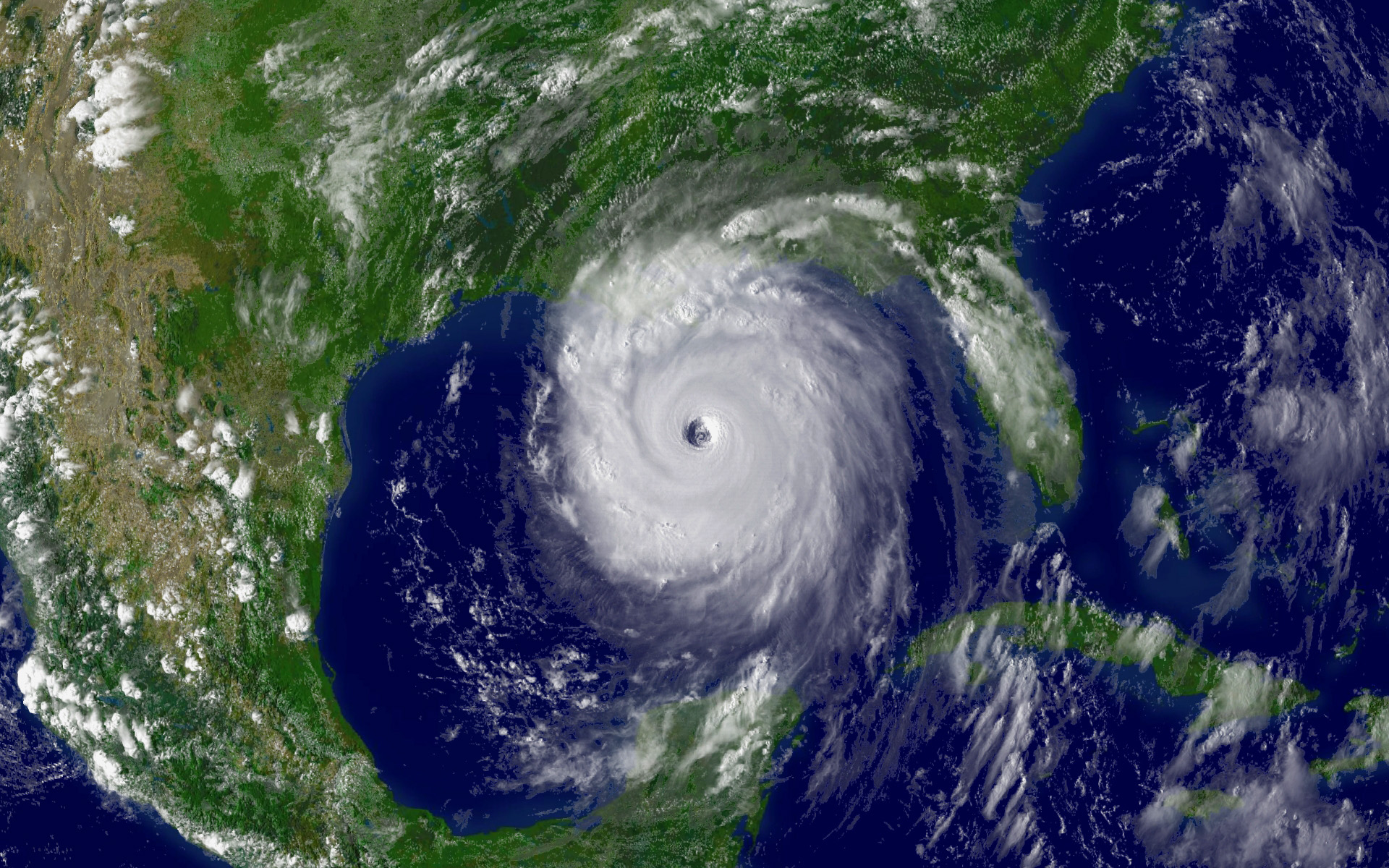 It never ceases to amaze me at the lengths people will go; to escape blame, place it elsewhere, or shirk a more serious / pressing issue. In this case, many are blaming a downgraded hurricane named Sandy & climate change for a complete & utter breakdown with the infrastructure. In essence, “You know if it wasn’t for this global warming issue we wouldn’t have had as many problems.” Really… well have I got a bridge that you will just love…
It never ceases to amaze me at the lengths people will go; to escape blame, place it elsewhere, or shirk a more serious / pressing issue. In this case, many are blaming a downgraded hurricane named Sandy & climate change for a complete & utter breakdown with the infrastructure. In essence, “You know if it wasn’t for this global warming issue we wouldn’t have had as many problems.” Really… well have I got a bridge that you will just love…
On the flip side of the coin, many in the “green” arena that used to primarily only talk about energy efficiency are realizing that hey, these homes need to be durable, well designed & without energy (or water), it doesn’t matter what we did. There is one group that has picked up on the word resiliency and while much of the talk has been on natural gas generators & home gardening… they almost got to the root issue when they talked about resilient communities which included an Army base that can unplug from the grid & run off solar if need be.
This & the title struck a nerve this morning for me after catching the news & seeing pictures from Todd Vendituoli of his beloved island of Eleuthera in the Bahamas. Unlike many in the North East, this island community has already bounced back to near normal after dealing with a category two storm. I remember being ecstatic about finally getting power back after 10 days (tornado) & do feel for the residents in New York & elsewhere that are now on day 16. The question though is why are they still without power & why in this day & age are we still using technology & methods dating back to the telegraph era?
Buried vs. Exposed:
Should the power lines be exposed or buried is a pretty popular topic especially after an ice storm, tornado or hurricane rolls through. Many in the industry will quickly point out that buried lines are harder to repair & generally it costs 2 to 4 times as much as pole mounts.
The two big items that they almost seemingly leave out is; how many times have they had to replace or repair those lines due to damage & how much do they spend annually trimming the trees around them. As for the repairs to underground lines, those are really quite rare as the biggest culprit is generally an older unmaintained transformer blowing. Those are called in pretty quick as an “I just heard an explosion.”
Flooded stations:
“We have to get in there, get the salt water out, basically the dried salt, dry the equipment, test it and then make sure it’s safe to restore the power” was one of the statements made by A Con-Ed spokesman. This was in reference to some of the switching gear & other issues they were facing.
While one would wonder about using pumps to keep the water out – as many of us know, water will find a way or as Murphy always seems to be hanging around, that pump will fail at the worst possible time. Here’s a better question, why are they not using switches rated to keep water out? I can’t recall where I was reading it, but they were talking about Brazil using some gear that can work even when fully submerged & it was actually made here in the good old US of A.
More than just…
As many who have followed the news are unfortunately dealing with the aftermath know, this storm impacted more than just the electric. (NY Times / UK Daily Mail) While we would love to think that this problem only pops up when a natural disaster strikes, the issue is that due to our aging infrastructure. We are spending billions upon billions each year slapping band aids over existing problems just trying to keep collapses like this at bay (or bridges from falling into a bay).
This issue also extends way past the utilities as most of their hands are tied & work like this falls under government oversight. Granted they are not completely free from some blame, but there is plenty to pass around to the politicians & yes even the rate payers.
Hopefully some good comes of this & we start getting serious about fixing & modernizing our existing infrastructure. While I do believe that the climate is changing, it is time to stop blaming it for our own inaction & start doing what needs to be done. In the mean time you might want to review your preparedness for a natural disaster & make sure your disaster supply kit is ready which you hopefully will never need to use.
